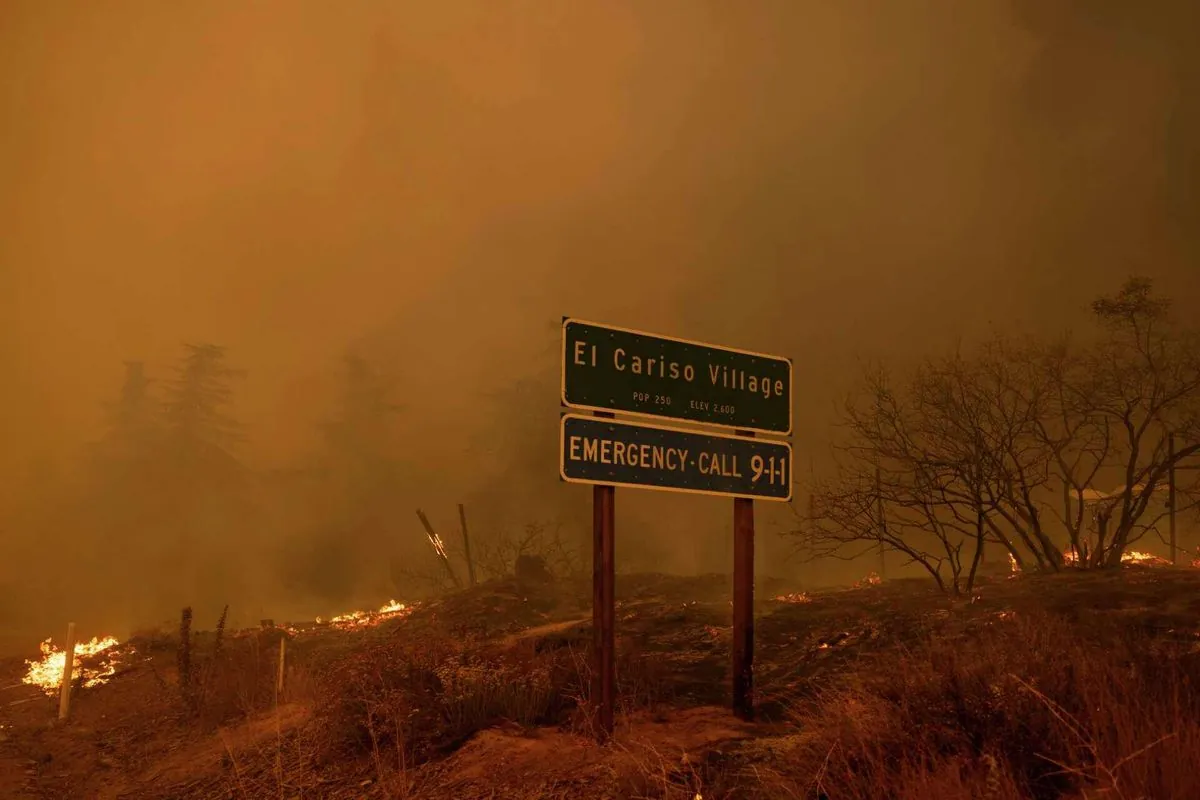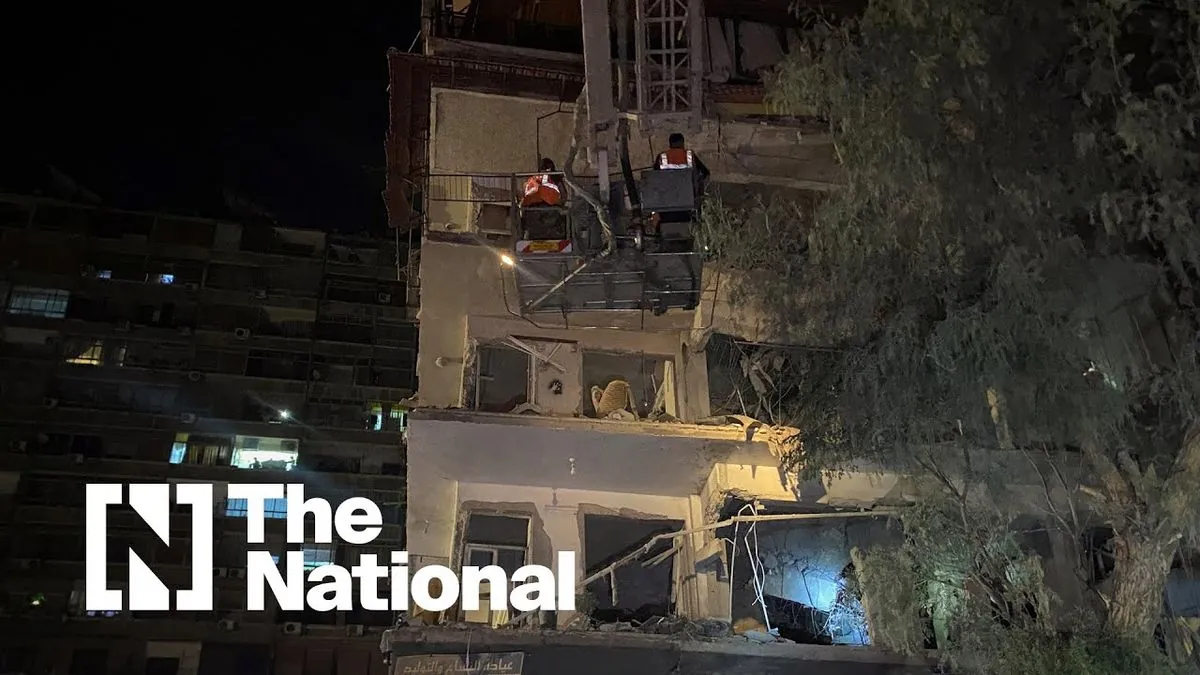Southern California Ablaze: Wildfires Ravage Communities, Prompt Mass Evacuations
Multiple wildfires in Southern California have destroyed homes, damaged a ski resort, and forced thousands to evacuate. Governor Newsom has declared a state of emergency as firefighters battle the blazes.

Southern California is currently grappling with multiple wildfires that have caused significant damage and disruption. The Bridge Fire in San Bernardino County has become the largest of four blazes in the area, consuming over 47,000 acres (19,000 hectares) of land. This fire has resulted in the destruction of homes in Wrightwood and has swept through the nearby Mountain High ski resort, one of the most visited winter sports destinations in the region.
In Orange and Riverside counties, the Airport fire has grown to 22,000 acres, affecting residences in El Cariso Village. This area has a tragic history with wildfires, as it was the site of the devastating Loop Fire incident in 1966.

Governor Gavin Newsom has taken action by declaring a state of emergency and securing federal funds to combat the Airport Fire. The severity of the situation is underscored by the fact that over a dozen injuries have been reported, highlighting the dangerous conditions faced by both residents and firefighters.
Climate scientists attribute the rapid spread of these fires to a combination of factors exacerbated by global warming. Tinder-dry vegetation and gusting winds, particularly the notorious Santa Ana winds common in Southern California, have created ideal conditions for fire propagation during an intense heatwave.
"The area of land burned in California this year is already double that of 2023, when the state enjoyed more moisture."
This stark increase aligns with the broader trend of climate change extending California's traditional fire season, which historically ran from August to November. In fact, climate change has led to a 500% increase in the average area burned by wildfires in California since the 1970s.
The challenges faced by firefighters have been compounded by the expansion of human habitation into fire-prone areas, a phenomenon known as the wildland-urban interface. Many new residents in these areas, driven by high urban housing costs, are struggling to obtain fire insurance due to the elevated risks.
In San Bernardino County, which holds the distinction of being the largest county by area in the contiguous United States, the Line Fire has led to school closures in at least 10 districts due to poor air quality. Authorities have arrested a 34-year-old man for allegedly starting this fire on September 5, 2024.
The United States as a whole is experiencing a particularly active wildfire year. To date, 6.9 million acres have burned, approaching the annual average of around 7 million acres over the past decade, as reported by the National Interagency Fire Center.
As these fires continue to rage, the importance of fire management strategies such as creating defensible spaces around homes and the increased use of prescribed burns has become ever more apparent. The ongoing crisis serves as a stark reminder of the growing impact of climate change on natural disasters and the urgent need for adaptive measures in vulnerable communities.


































